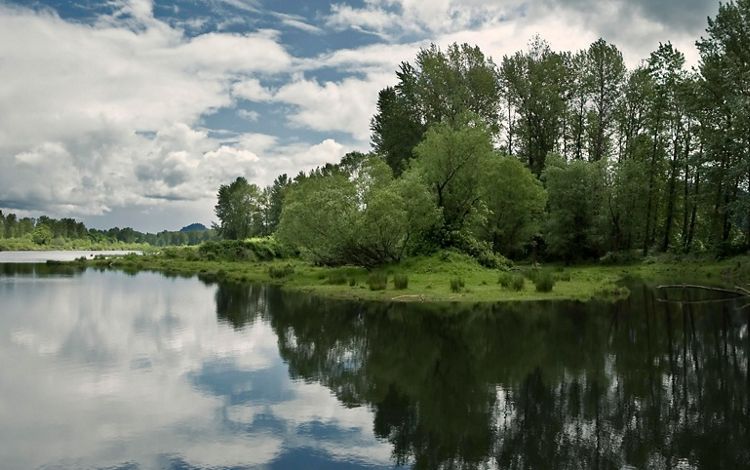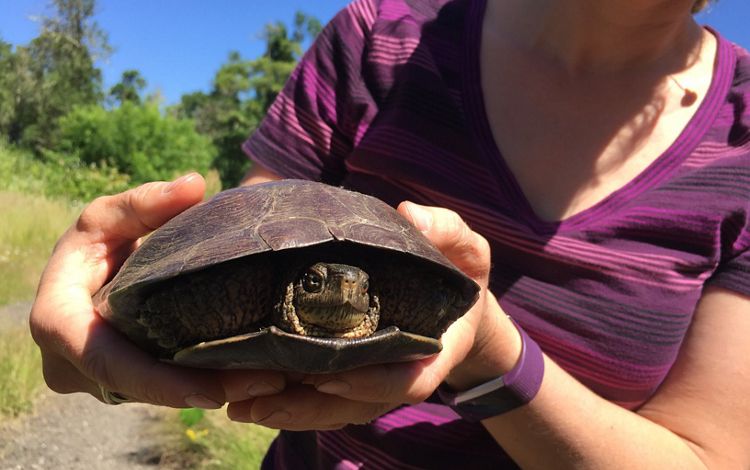
Reconnecting the Willamette River
Innovative restoration efforts reclaim the floodplain and wetlands at the Willamette River Confluence Preserve.
Where the middle fork of the Willamette River meets the coast fork, we've removed gravel pits and barriers to reconnect the river to its historic wetlands and floodplain. Restoration of this area protects water quality, provides salmon and other species with critical habitat and mitigates the risk of flooding downstream.
Behind the Scenes




Extensively mined for gravel, the Willamette River at the Confluence had been cut off from its natural wetlands for decades by a man-made levee designed to protect the gravel pits from flooding. While effective at doing so, the levee came with a serious side effect: it turned the river into a fast-flowing pipe rather than a series of meandering and hospitable habitats, eliminating essential rearing and resting places for native fish species such as the threatened Chinook salmon, endangering water quality and raising the risk of flooding downstream.
The Nature Conservancy has restored the Willamette River at the Confluence to its natural state by removing the levee and allowing the river to once again freely weave in and out of its floodplain, providing wetlands habitat for wildlife, fertile ground for new trees and plants, and crucial resting spots for salmon and other native fish species.
Quote: Franco Rosario
I like to imagine how this place will look in five or ten years. It will be a total transformation.
The Willamette Confluence Preserve


